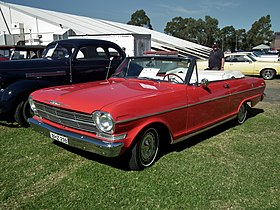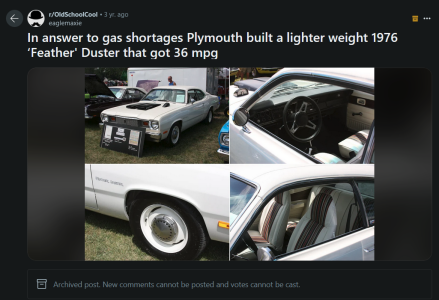
Chevrolet designer Clare MacKichan recalled about creating the Chevy II: "There was no time for experimentation or doodling around with new ideas from either the engineers or from us in design; And it had to be a basic-type car." The 1962 Chevy II rode a 110 in (2,794 mm) wheelbase, compared to 109.5 in (2,781 mm) for the Ford Falcon, at which Chevy's new compact was aimed. "I think that was the quickest program we ever did at any time," he continued. "We worked night and day on that car, and it didn't take very long to run it through our shop because we had a deadline." And that is what made the Chevy II one of the fastest new-car development programs in GM history – just 18 months after the designers got the green light, the first production Chevy II rolled off the Willow Run, Michigan, assembly line in August 1961, in time for its September 29 introduction. Unlike the Corvair, the 1962 Chevy II design team deliberately avoided any revolutionary features in concept or execution; their mission was to give Chevrolet buyers a simple, back-to-the-basics compact car. When he announced the Chevy II to the press, Chevrolet General Manager Ed Cole described the car as offering "maximum functionalism with thrift." When the Chevy II was introduced, it was the second post-WWII American made car from the "Big 3", after the Pontiac Tempest (and the first Chevrolet since the 1928 Chevrolet National), to use a four-cylinder engine.
There was a lot of debate within the Chevrolet organization over just what to call this new car, and the decision to go with "Chevy II" was a very late one. Among the finalists was Nova. It lost out because it didn't start with a "C," but was selected as the name for the top-of-the-line series. Ultimately the Nova badge would replace Chevy II, but that wouldn't happen until 1969. In almost every way, the creators of the Chevy II used Falcon as a benchmark. The 1962 model range included sedans and wagons, as well as a two-door hardtop and a convertible. The only body styles it didn't offer which the Falcon did were a 2-door wagon/sedan delivery and coupe utility (the Ford Falcon Ranchero), most likely to avoid competing with Chevrolet's own El Camino.


